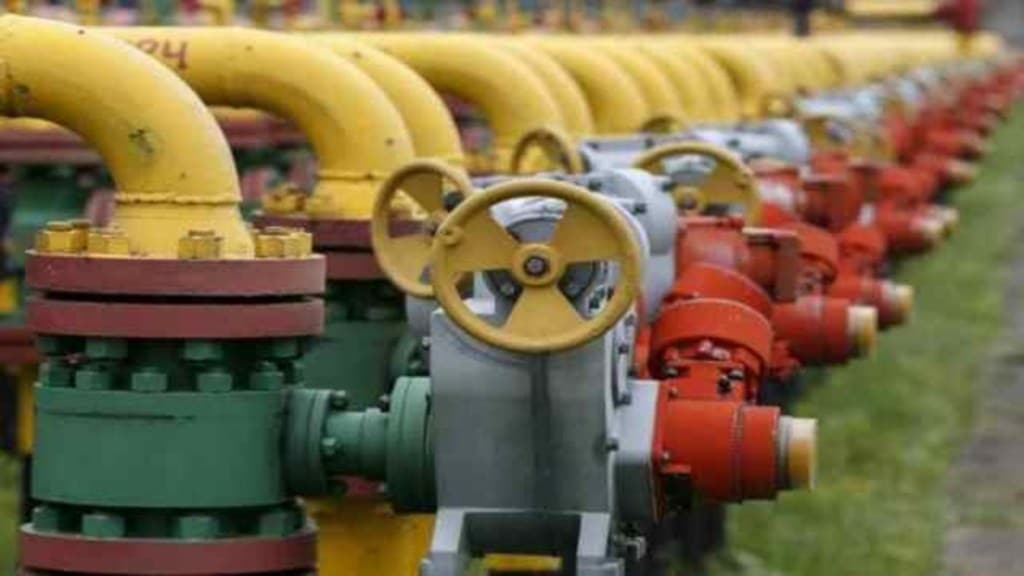The new guidelines for natural gas pricing seek to insulate consumers against price shocks, and offer incentives to producers to multiply output, with massive investments in both exploration and production technologies. The share of gas in India’s energy mix needs to rise much faster to reach the goal of 15% in about a decade, from 6% now. The revised policy also recognises that India’s gas market would need to mature and stabilise before complete pricing freedom can be allowed.
Domestic supplies of gas are still a far cry from demand (1:2). Consumption, therefore, is artificially constricted, necessitating priority allocation to the “city gas” sector, for its direct interface with end consumers, and somewhat at the cost of other users like power producers.
Also read: Family VCs on the roll
Imports of liquefied natural gas (LNG) are a capital-intensive affair, with fiscal as well as balance of payments implications for the country, but that’s unavoidable, given the paucity of proven, extractable domestic assets and inadequate investments. FY 23 bore testimony to the extreme volatility of landed cost of LNG. Cost-based pricing is archaic, and import-parity pricing, even if adjusted for tax and freight, could prove to be inimical to consumer industries.
Considering all this and the irrationality of determining domestic gas prices on the basis of the volume weighted prices at remote gas trading hubs and that too with a time lag, the government has chosen to link the price of gas from “legacy APM fields” accounting for 70% of current production, to the Indian basket of crude, which is at least a more familiar variant for the country. Effective Saturday, the price of APM gas will be linked to a 10% slope of the monthly average of the new benchmark, but subject to a band of $4-6.5/unit. This gives protection to user industries right from the start, given that Indian crude basket is now hovering around a level where, absent the band, the new policy wouldn’t have resulted in an immediate reduction in the price. The government struck a careful balance, as it endorsed the spirit and tenet of the Kirit Parikh report, which laid the road map for a seamless transition to market-determined pricing, but deferred full deregulation. The proposed price band, coupled with the provision to raise its upper end by 25 cents each year after two years, allows sharper alignment of the administered regime with the market. It is also creditable that state-run ONGC and OIL will get a 20% premium for gas produced from new wells or well interventions in their nomination fields.
Also read: An ambitious trade agenda for a global India
However, Thursday’s policy announcement was silent on the price of gas from the geologically difficult fields, including the high-potential assets in the 50,000 sq-km Krishna Godavari (KG) basins, off the Andhra Pradesh coast. The silence is eloquent, given that this gas has been priced at $12.46/mmBtu since last September, and this price is incongruous with the latest market trends. Clearly, the government wants the producers to remain interested in taking out more gas from these offshore assets and fast-track cost recovery. As the holders of several KG assets, Reliance-BP and ONGC would do well to reciprocate the government’s generous gesture, by scaling up investments and drilling efforts in their respective blocks. The good news is that Reliance-BP is slated to produce 30 mmscmd of gas from Kg-D6 block in 2023-2024, up over a third on year, with the promising MJ field going on stream.

